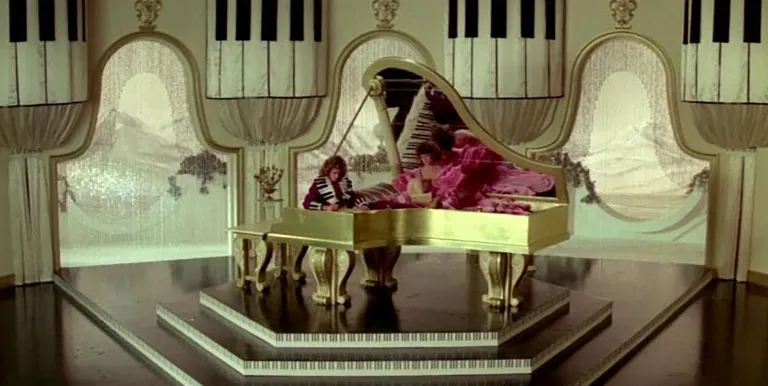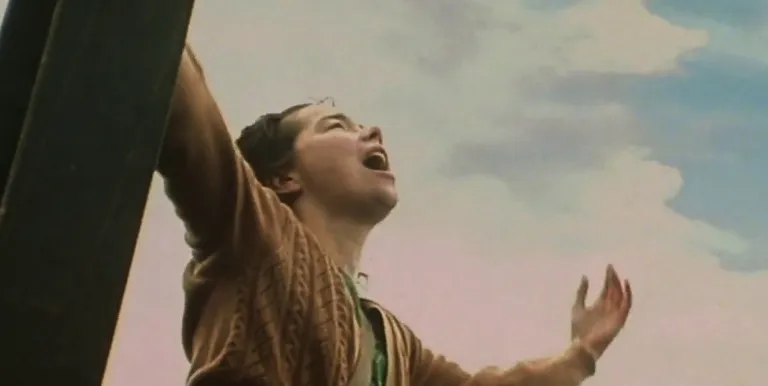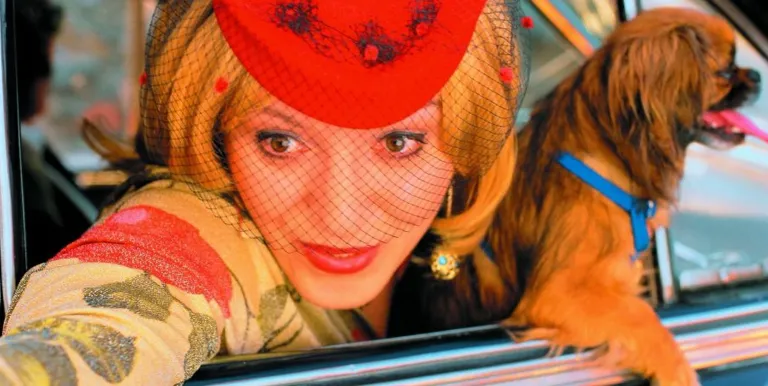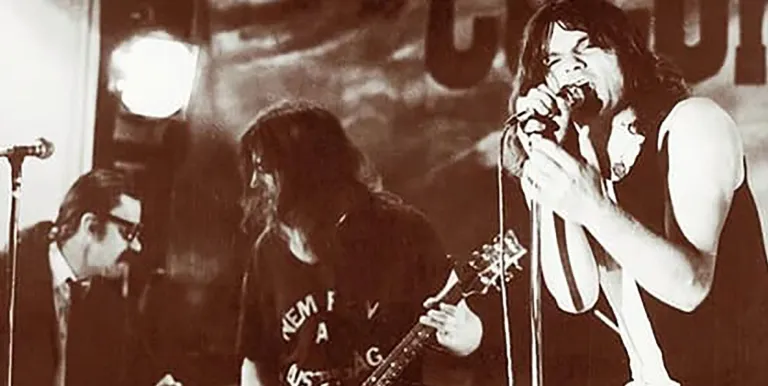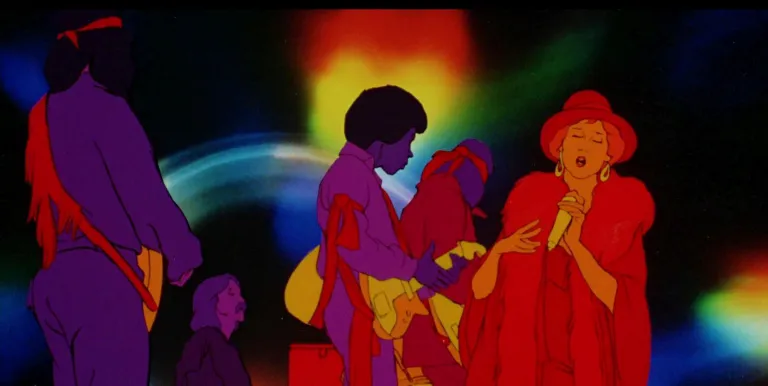Please note that by entering the Müpa Budapest building, all of our visitors accept Müpa Budapest's general policies, which also include the latest regulations and security rules. You can read further details and find key information on this page.
Thank you for your understanding and cooperation.
For decades, the vibrant atmosphere of Berlin has been an opportunity for invigoration and a source of stimulating inspiration for many Hungarian artists. Surprisingly, this was already the case a hundred years ago, in the 1920s, when it is estimated that thousands of Hungarians lived in the city, which offered so much excitement: most of them were looking for a way to make a living from some kind of art. One of them was the distinguished painter Róbert Berény (1887-1953), whose time in Berlin was an extremely valuable experience.
The fourteen tableaux of the exhibition at Müpa Budapest present Berlin of that time and the Hungarian artists who lived and worked there. Many excellent Hungarian artists had a significant period in Berlin, including Hugó Scheiber, Béla Kádár, János Kmetty and Lajos Tihanyi. Róbert Berény, a prominent representative of the Hungarian avant-garde movement and a member of the Group of Eight, was in crisis as a painter in Berlin, but he achieved considerable success in many other fields: he worked in films, designed film sets, was engaged in psychoanalysis, composed music, and his string quartets were performed with great success. It was also here that he met his second wife, Etelka Breuer, who is remembered as the model for his famous painting The Cello Player. Berlin was home to the newly emerging German film industry, which attracted a lot of talented young people to the city seeking to become successful. A veritable Hungarian colony was established here at this time, with Nuremberg as the café of the Hungarians, where they regularly met as if they were in Budapest. Róbert Berény, for whom Berlin was an ideal environment, made many stimulating acquaintances in the city, both as intellectual partners and friends - according to family legend, he even had a fling with the great diva Marlene Dietrich.
Cooperating partners: Hungarian National Gallery - Hungarian Museum of Fine Arts, Artmagazin
Presented by: Müpa Budapest
-
We wish to inform you that in the event that Müpa Budapest's underground garage and outdoor car park are operating at full capacity, it is advisable to plan for increased waiting times when you arrive. In order to avoid this, we recommend that you depart for our events in time, so that you you can find the ideal parking spot quickly and smoothly and arrive for our performance in comfort. The Müpa Budapest underground garage gates will be operated by an automatic number plate recognition system. Parking is free of charge for visitors with tickets to any of our paid performances on that given day. The detailed parking policy of Müpa Budapest is available here.


